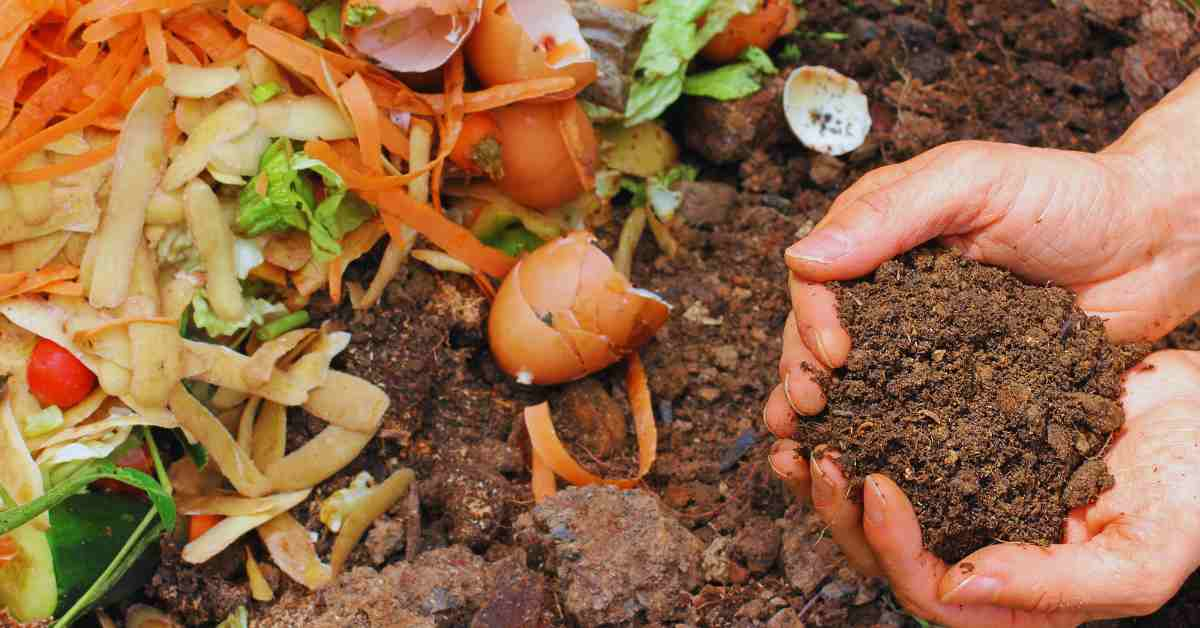In a world increasingly focused on environmental preservation and sustainable practices, garden maintenance has also undergone a transformative shift towards eco-friendly methods. This article explores the concept of Sustainable Garden Clearance Services and how it offers an environmentally conscious approach to garden clearance and upkeep.
Understanding Sustainable Garden Maintenance
What is Sustainable Garden Maintenance?
Sustainable Garden Maintenance involves adopting practices that minimize negative impacts on the environment and promote long-term ecological balance. It encompasses various eco-friendly strategies that go beyond traditional gardening approaches.
The Importance of Eco-Friendly Practices
Embracing eco-friendly practices in garden maintenance helps preserve natural resources, reduce pollution, and create a thriving ecosystem that benefits both humans and wildlife.
Eco-Friendly Garden Clearance
Evaluating Garden Clearance Needs
Before beginning garden clearance, assess the garden’s condition and identify areas that require attention. This evaluation helps in devising an efficient and sustainable clearance plan.
Sustainable Removal of Garden Waste
When clearing the garden, focus on recycling and reusing green waste. Composting is an excellent method to convert garden debris into nutrient-rich compost.
Composting for Green Waste
Composting not only reduces landfill waste but also enriches the soil, improving its fertility and overall health.
Chemical-Free Weed Control
Natural Weed Prevention Methods
Avoid chemical weed killers and opt for natural methods like mulching, hand weeding, and using organic weed barriers.
Manual Weed Removal Techniques
Manually removing weeds is a sustainable approach that prevents harmful chemicals from entering the soil and waterways.
Water Conservation in the Garden
Collecting Rainwater for Irrigation
Collecting rainwater in barrels or tanks helps conserve water and ensures a sustainable water supply for the garden.
Drip Irrigation Systems
Drip irrigation systems deliver water directly to plant roots, minimizing water wastage and promoting efficient water use.
Organic Pest Management
Attracting Beneficial Insects
Encourage beneficial insects like ladybugs and praying mantises, which naturally control harmful pests.
Companion Planting for Pest Control
Planting certain species together can repel pests and enhance plant growth naturally.
Choosing Native Plants and Biodiversity
The Benefits of Native Plants
Native plants are better adapted to the local climate and require less maintenance, contributing to a sustainable garden ecosystem.
Creating a Biodiverse Garden
Diverse plantings attract a variety of wildlife, fostering a balanced and resilient garden environment.
Sustainable Garden Design
Low-Maintenance Landscaping
Designing a garden with low-maintenance features reduces the need for constant upkeep and conserves resources.
Using Recycled Materials
Incorporating recycled materials into garden design reduces waste and promotes sustainability.
Green Energy and Lighting
Solar-Powered Garden Lights
Solar-powered lights utilize renewable energy, reducing electricity consumption and carbon footprint.
Renewable Energy for Garden Tools
Battery-powered garden tools with rechargeable batteries are a sustainable alternative to fuel-powered equipment.
Educating and Engaging the Community
Sharing Sustainable Practices
Spread awareness about sustainable gardening practices and inspire others to adopt eco-friendly methods.
Organizing Gardening Workshops
Conduct workshops to educate the community on sustainable garden maintenance techniques.
Embracing Permaculture Principles
Understanding Permaculture Ethics
Permaculture principles aim to create harmonious and self-sustaining ecosystems through design and observation.
Implementing Permaculture in Your Garden
Incorporate permaculture concepts like swales, food forests, and companion planting to create a sustainable garden.
Creating Wildlife-Friendly Spaces
Providing Shelter for Wildlife
Incorporate birdhouses, bee boxes, and other wildlife shelters to encourage biodiversity.
Building Birdhouses and Beehives
Creating designated spaces for birds and bees contributes to their conservation and benefits the overall garden ecosystem.
The Cost-Effectiveness of Sustainable Gardening
Long-Term Savings
Though sustainable gardening may require initial investment, it offers significant long-term cost savings.
Government Incentives and Rebates
Explore government programs that provide incentives and rebates for implementing sustainable garden practices.
Overcoming Challenges in Sustainable Garden Maintenance
Dealing with Pests and Diseases
Adopt organic pest control methods to tackle pests and diseases without harmful chemicals.
Balancing Aesthetics and Sustainability
Find a balance between creating an aesthetically pleasing garden and maintaining sustainable practices.
Conclusion
Sustainable Garden Maintenance presents an eco-friendly and responsible approach to garden clearance and upkeep. By incorporating environmentally conscious practices, individuals can contribute to the preservation of the planet while creating a beautiful and thriving garden.






